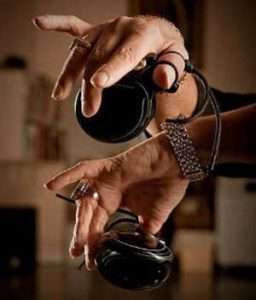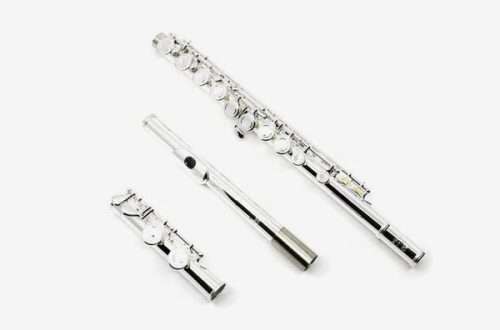
History castanets
When the word “Spain” sounds, then in addition to bulky castles,  wide-brimmed sombrero and delicious olives, one also remembers the incendiary flamenco dance, which is performed by charming Spanish women to the sound of a guitar and clicking castanets. Many mistakenly believe that Spain is the birthplace of the instrument, but this is far from the case. Similar instruments were found in ancient Egypt and Greece around 3000 BC. Their progenitor can be considered simple ratchet sticks, which were made of hard wood or stone from ten to twenty centimeters long. They were held with fingers and hit against each other during hand movements. Castanets could have come to the Iberian Peninsula both from Greece and during the Arab conquests. There is an opinion that Christopher Columbus himself could have brought the first castanets to Spain.
wide-brimmed sombrero and delicious olives, one also remembers the incendiary flamenco dance, which is performed by charming Spanish women to the sound of a guitar and clicking castanets. Many mistakenly believe that Spain is the birthplace of the instrument, but this is far from the case. Similar instruments were found in ancient Egypt and Greece around 3000 BC. Their progenitor can be considered simple ratchet sticks, which were made of hard wood or stone from ten to twenty centimeters long. They were held with fingers and hit against each other during hand movements. Castanets could have come to the Iberian Peninsula both from Greece and during the Arab conquests. There is an opinion that Christopher Columbus himself could have brought the first castanets to Spain.
The word “castanets” in Spanish “chestnuts” got its name because of their similarity with these fruits. Castanets are two round wooden or metal halves,  similar to shells with small ears through which a string is passed, which is attached to the thumb so that one of the loops passes near the nail. The second loop should be fastened closer to the base of the finger. The instrument is easy to play as the thumb joint remains free. It is important to tighten the lace more tightly so that the castanets do not fall off and interfere with the game. Castanets, which are fixed on a stand, are used on a large stage by performers of symphony orchestras. Dancers in Spain use two sizes of castanets. Large ones, which are held in the left palm, are used to perform the main movement of the dance. A smaller one is held in the right palm and used to beat out melodies accompanying dances and songs. Together with the songs, the instrument usually sounded during the loss.
similar to shells with small ears through which a string is passed, which is attached to the thumb so that one of the loops passes near the nail. The second loop should be fastened closer to the base of the finger. The instrument is easy to play as the thumb joint remains free. It is important to tighten the lace more tightly so that the castanets do not fall off and interfere with the game. Castanets, which are fixed on a stand, are used on a large stage by performers of symphony orchestras. Dancers in Spain use two sizes of castanets. Large ones, which are held in the left palm, are used to perform the main movement of the dance. A smaller one is held in the right palm and used to beat out melodies accompanying dances and songs. Together with the songs, the instrument usually sounded during the loss.
There are two versions of playing the instrument, which are very different from each other. The first way is folk, the second is classical. In the folk style, large-sized castanets are used, which are attached to the middle finger. During the movement of the hand, when the instruments hit the palm and a sound is produced. This option gives a more sonorous and sharp sound, unlike the classic version. The classic style involves the use of smaller castanets, which are attached to the hand on two fingers. In fact, the instrument of the right and left hands differs in size and the extracted sound. In the right hand, it is smaller, its sound is bright, high. They play with four fingers, you can even play a trill. On the left hand, larger, lower-pitched castanets are used mainly for the rhythmic basis.

Some facts about the tool: 1. More than three hundred years ago, the gypsies were expelled from Spain, castanets were banned, as well as dancing with them. Only at the end of the eighteenth century this ban was lifted. 2. In the thirties of the twentieth century, for the first time in the cinema, dancers performed a dance with this musical instrument. 3. And finally, castanets top the list of the most popular Spanish souvenirs. Therefore, if you manage to visit this country, bring them with you as a gift for loved ones.
Castanets are a simple, but at the same time quite interesting musical instrument. The sound of this instrument adds spice to the music and creates a vivid impression. In Spain, castanets are one of the symbols of the country. The Spaniards are trying to develop and carefully preserve the art of playing this instrument, which is worthy to personify the musical culture.





